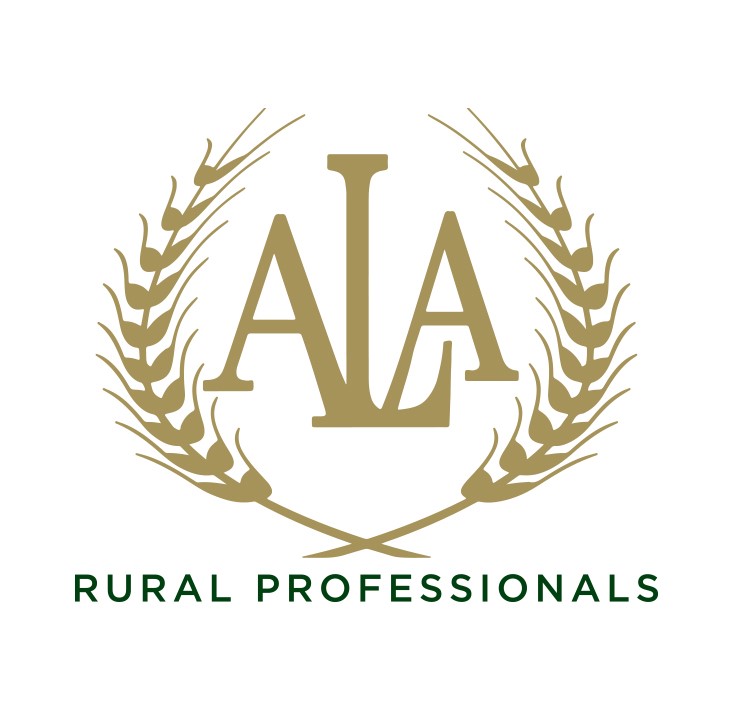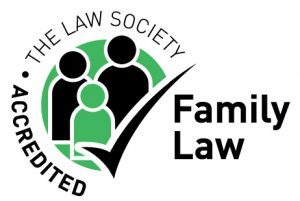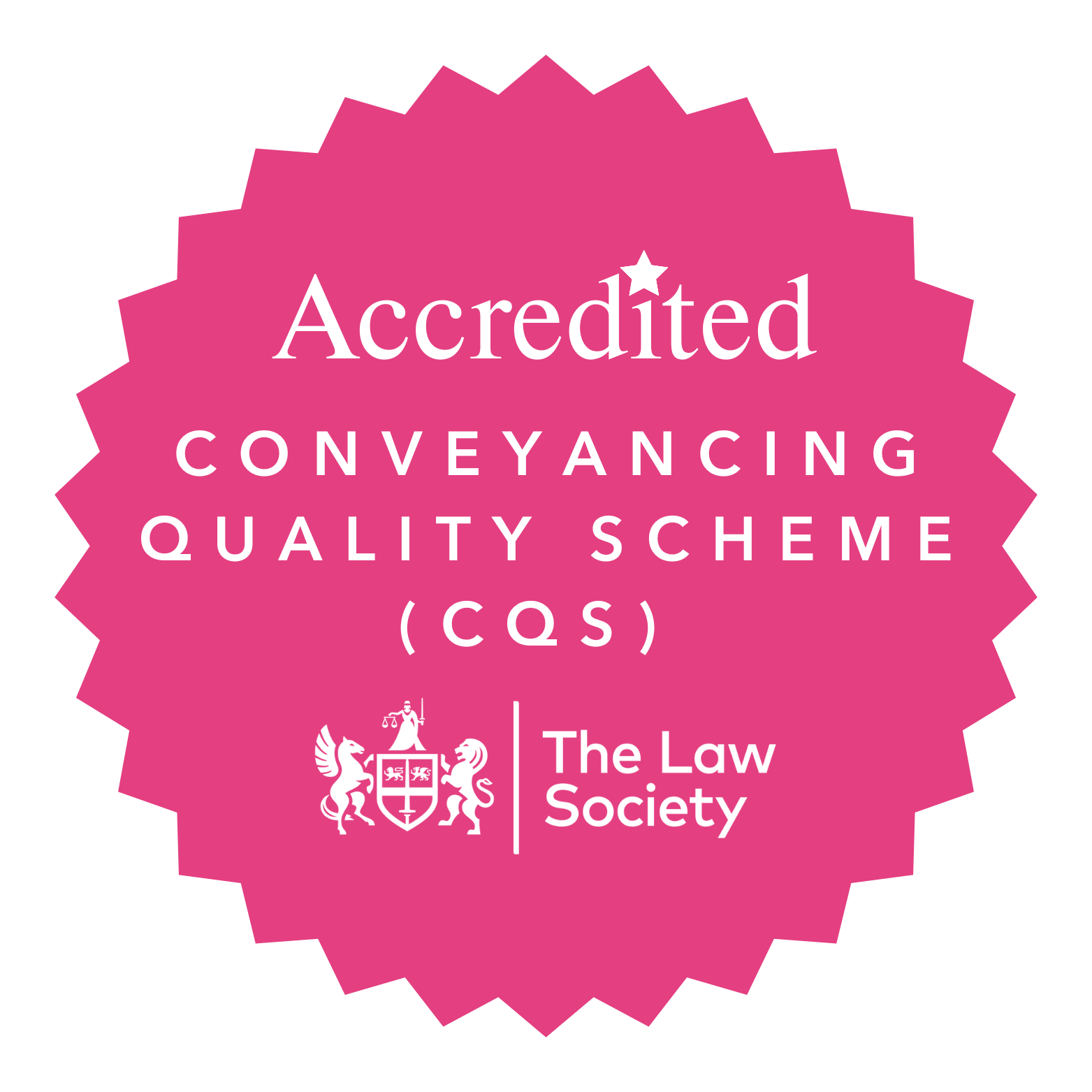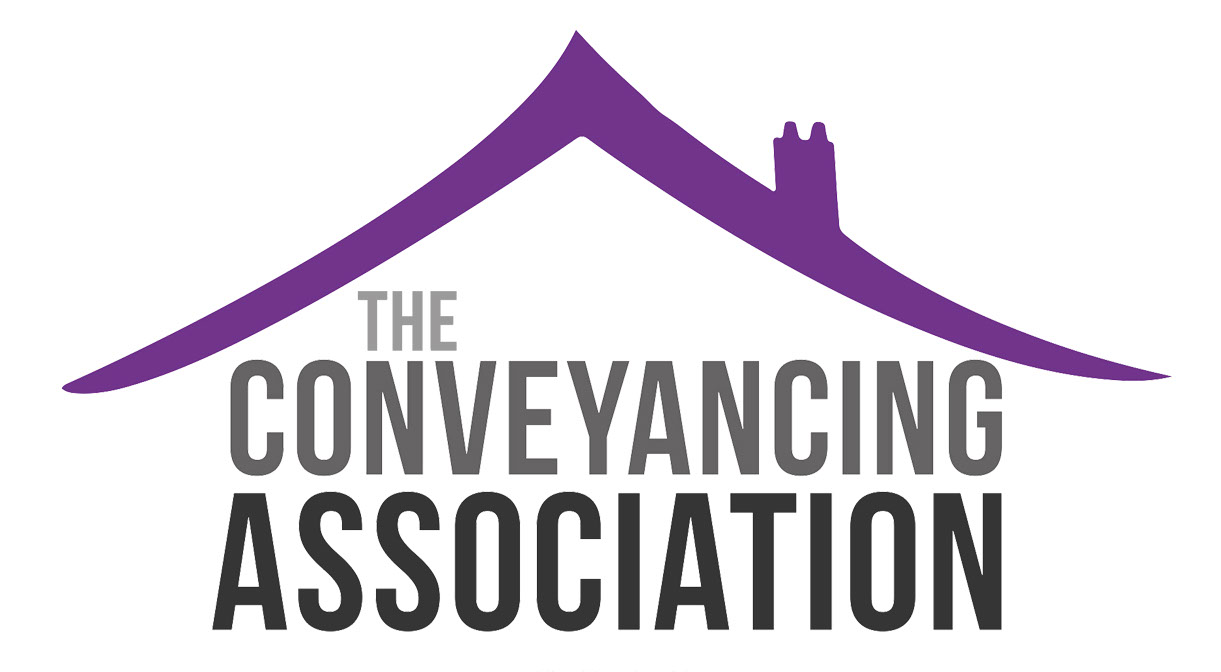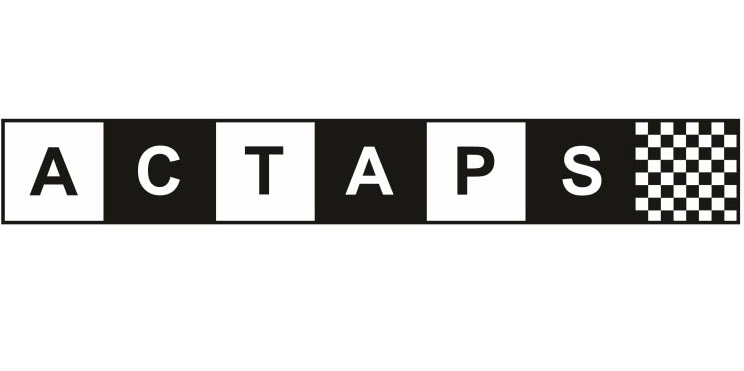Deeds, Plans and Land Registry Documents in Boundary Disputes
Do you know where the deeds to your home are? Do you even know what they look like?
Most people do not keep the deeds to their property at home and often they are in the care of their mortgage lender or bank. The existence (or not) of deeds can usually be established by making a quick call to your lender/bank and the sending of a cheque will result in either a copy of the deeds being sent to you, or confirmation that the deeds have been lost or destroyed.
If you are involved in any type of boundary dispute, checking your deeds should be the first thing you do. You will need to find the deeds to your home to try to establish where your boundaries actually are, or at least where the paper title says they are.
When asked to provide copies of their deeds clients often hand over the Land Registry documents. These are not the same as the deeds.
A plan attached to Land Registry documents (called the ‘title plan’) is simply a ‘where are we’ map and is for identification only. The Land Registry uses OS maps for all its title plans and the boundaries marked on a title plan act as a guide only.
The line on a title plan will not identify whether a line denotes a wall, a fence or a ditch etc. It will show an outline of a property in red ink, but will not normally identify the dimensions or other helpful boundary data, such as ‘T’ markings. For these, you need the deeds.
So, if Land Registry title plans are of little use, how do we find out where the boundary is? The answer will hopefully lay in the deeds.
Deeds come in a variety of shapes and sizes and contain text and generally (but not always) a plan. These are the documents that describe which bit of land belongs to which property and will include details of covenants, rights and responsibilities. When two or more sets of deeds for neighbouring properties are compared, they often do not match.
Interpretation of the text of the deeds is really best left to lawyers as phrases contained within deeds such as ‘more particularly delineated’ or ‘for identification purposes only’ can effect the legal validity of measurements and identification marks found on deeds. Words such as ‘approximately’ and ‘there or thereabouts’ can also cause problems for obvious reasons.
If a dispute arises, further evidence may be needed to show what existed on the ground at the time of a particular conveyance (of which, in the case of old properties, there may have been many)and other evidence may establish a different boundary that has arisen as a result of adverse possession.
In practice, any boundary dispute that ends up in the court will be costly. The court will start by considering the deeds to establish how the boundary was created and any plan attached to the deeds will be of particular significance if the property is described in the deeds as being ‘more particularly described in the plan’.
If the boundary cannot be clearly established from the deeds then the court will move on to look at extrinsic evidence and will look in detail at documents, photographs, expert reports from surveyors and witness evidence. The court will also take into consideration the conduct of the parties; even if a boundary can be easily identified by deeds and plans, it can still be affected by informal boundary agreements or can be subject to a claim for adverse possession.
There is often no perfect answer to a boundary dispute and costs can soon escalate. Therefore it is always a good idea to ask a lawyer to take what will be a dispassionate look at your deeds before entering into the court arena, where emotions, as well as costs, run high.
Related Articles
Recommended By The Legal 500 Directory*
*We are recommended for the following practice areas: Corporate and Commercial, Debt Recovery, Employment, Personal Injury: Claimant, Agriculture and Estates, Contentious Trusts and Probate, Family, Personal Tax, Trusts and Probate & Commercial Property.
ServicesContact


